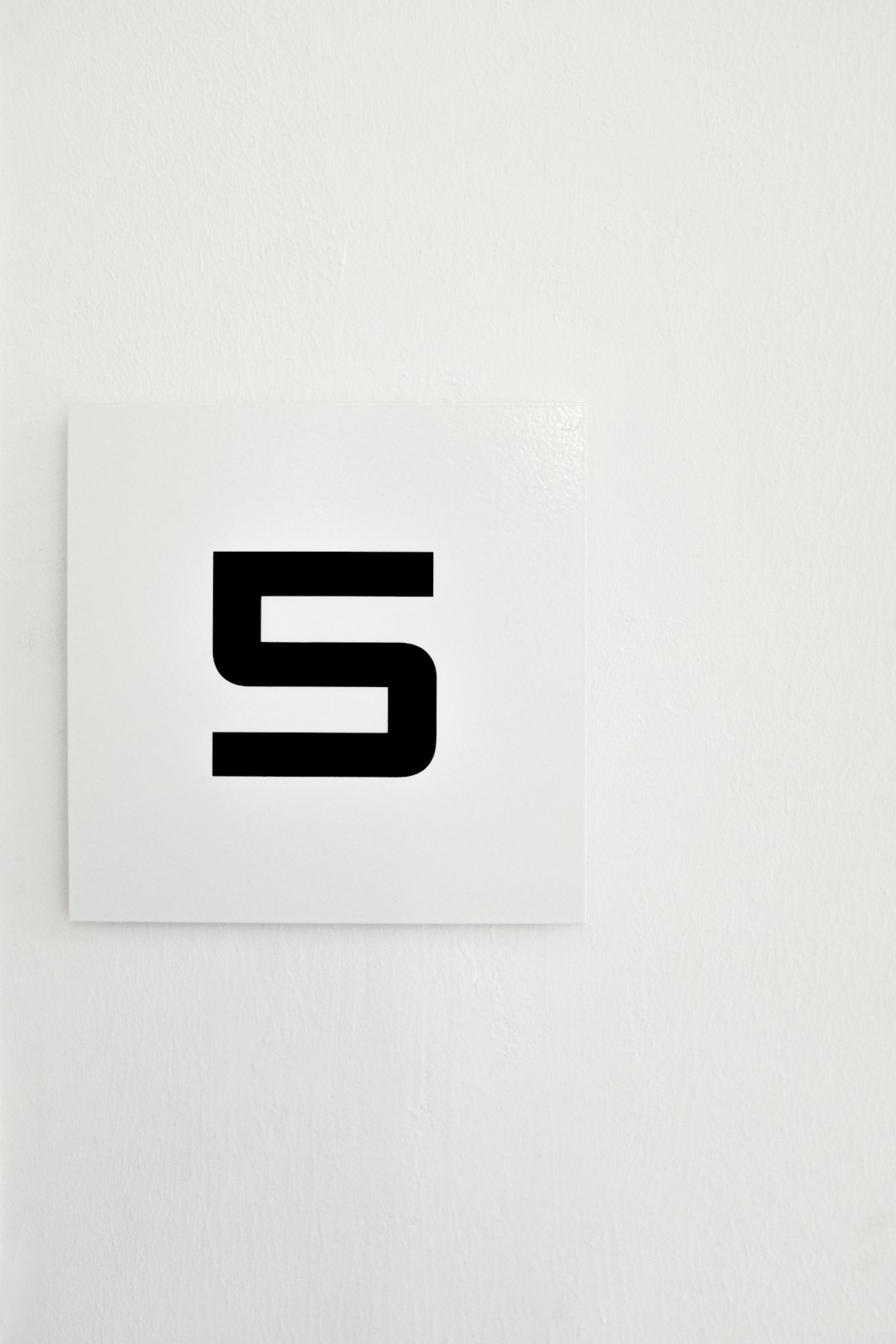How To Start a Clothing Brand in 5 Steps (2025)
Starting a clothing brand in 2025 offers more opportunities than ever, thanks to modern e-commerce platforms, print-on-demand services, and social media tools that make branding and promotion more accessible. Whether you’re planning to launch a high-end fashion line or a casual streetwear label, following a structured approach helps increase your chances of success. Here’s a step-by-step guide to get you started.
Step 1: Define Your Brand Identity
Before designing even a single t-shirt, you need to decide who your brand is. Your brand identity is the story, personality, and values that people will associate with your clothing line.
- Target Audience: Are you designing for teens, working professionals, or eco-conscious consumers?
- Mission and Values: Will your brand emphasize sustainability, authenticity, or innovation?
- Style and Aesthetic: Think about the kind of visuals, color palette, and vibe you want your clothing to convey.
Creating a mood board with inspirational images, fabrics, and color schemes can be incredibly helpful here.

Step 2: Develop a Business Plan
A solid business plan is essential for success and can help guide everything from your budget to marketing strategy. Don’t skip this step—even if you’re starting small.
Here’s what your clothing brand business plan should include:
- Startup Costs: Estimate how much you’ll need to invest in materials, manufacturing, website design, and marketing.
- Pricing Strategy: Know your cost per unit and decide your retail pricing based on competitors and your target margin.
- Marketing and Sales Channels: Will you sell through an online store, consignment boutiques, or pop-up events?
A business plan not only helps you stay organized but also is essential if you’re looking to attract investors or partners.
Step 3: Design and Source Your Products
This is the fun part—but also where quality and attention to detail matter most. Whether you are designing the pieces yourself or collaborating with a designer, your product line needs to be distinctive and aligned with your brand identity.
- Design Tools: Use software like Adobe Illustrator, Canva, or Procreate for sketching and concept creation.
- Fabric and Materials: Choose materials that meet your brand’s values—sustainable fabrics are especially popular in 2025.
- Manufacturing: Decide between working with a local manufacturer, overseas factory, or using a print-on-demand service like Printful.

Step 4: Build Your Online Presence
In 2025, a strong digital presence is critical. Your website and social media profiles are your virtual storefronts. They must be as polished as your products.
Here are key elements to focus on:
- E-Commerce Website: Use platforms like Shopify or WooCommerce for a user-friendly selling experience.
- Branding Assets: Include a recognizable logo, custom domain, and consistent typography and colors.
- Social Media Strategy: Use Instagram, TikTok, and Pinterest to showcase your lookbooks and behind-the-scenes content.
Influencer collaborations and paid social ads can also help spread word-of-mouth quickly.
Step 5: Launch and Grow Your Brand
The final step is to get your clothing line into the world. A strategic launch can create lasting hype and attract loyal followers from day one.
- Soft Launch: Test your products with friends, family, and local networks to gather feedback before going wide.
- Launch Event or Campaign: Host an online fashion show, product countdown, or giveaway to generate anticipation.
- Track Performance: Use analytics tools to monitor customer behavior, sales patterns, and inventory needs.
From there, continuously scale by adding new designs, expanding into new markets, or offering limited-edition drops to maintain excitement.
Final Thoughts
Launching a clothing brand in 2025 is a blend of creativity, strategy, and hustle. With the right planning and a clear identity, you can carve out your space in the crowded fashion world. Remember, the brands that thrive are the ones that not only sell clothes—but also sell a story.

Comments are closed.